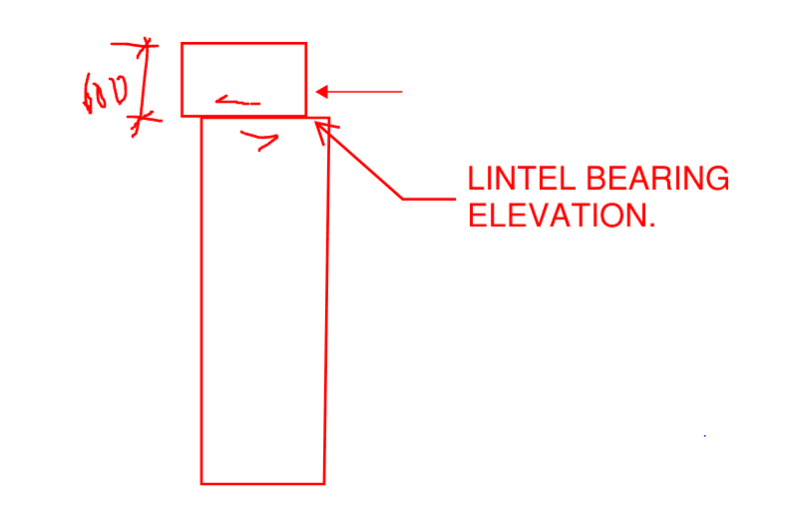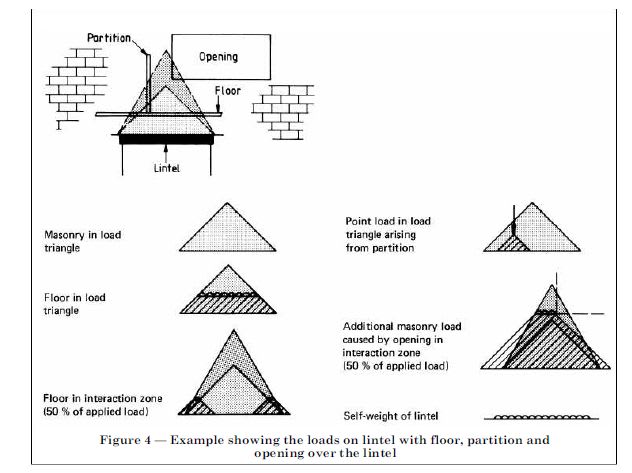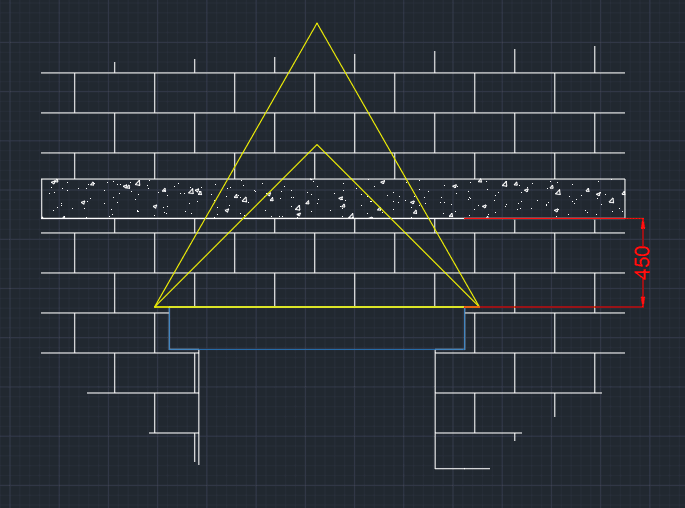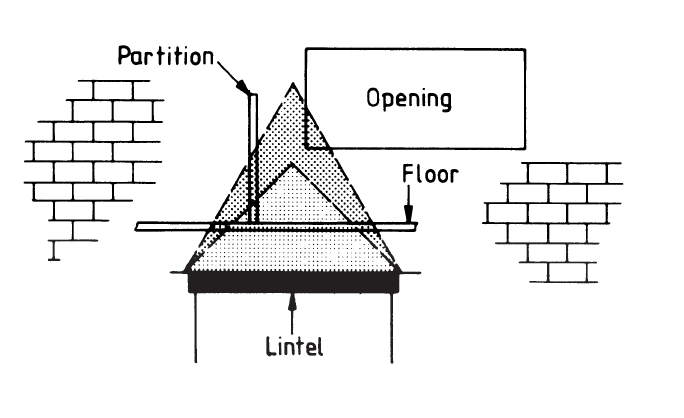
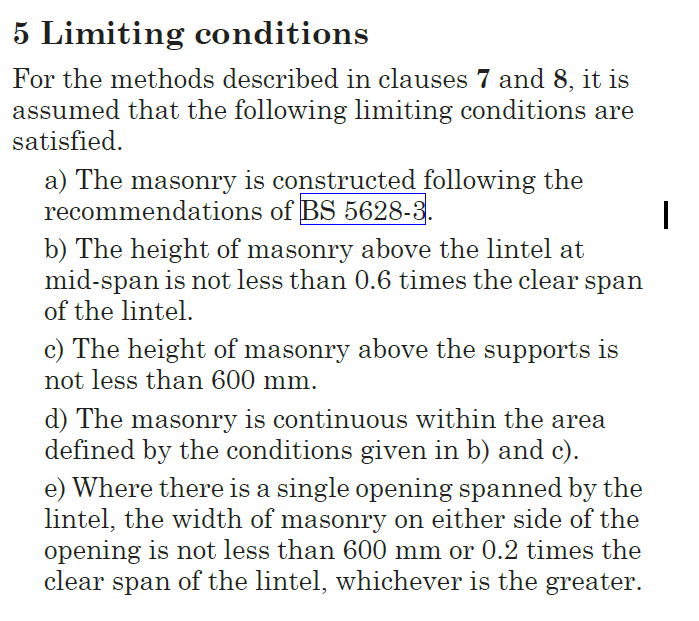
Regarding the Limiting conditions, does clause c imply that the minimum distance between the lintel and the floor above should be 600mm?
The other capture I have attached is from fig 4 of the document and clearly implies the distance could be less but it is not dimensioned.

